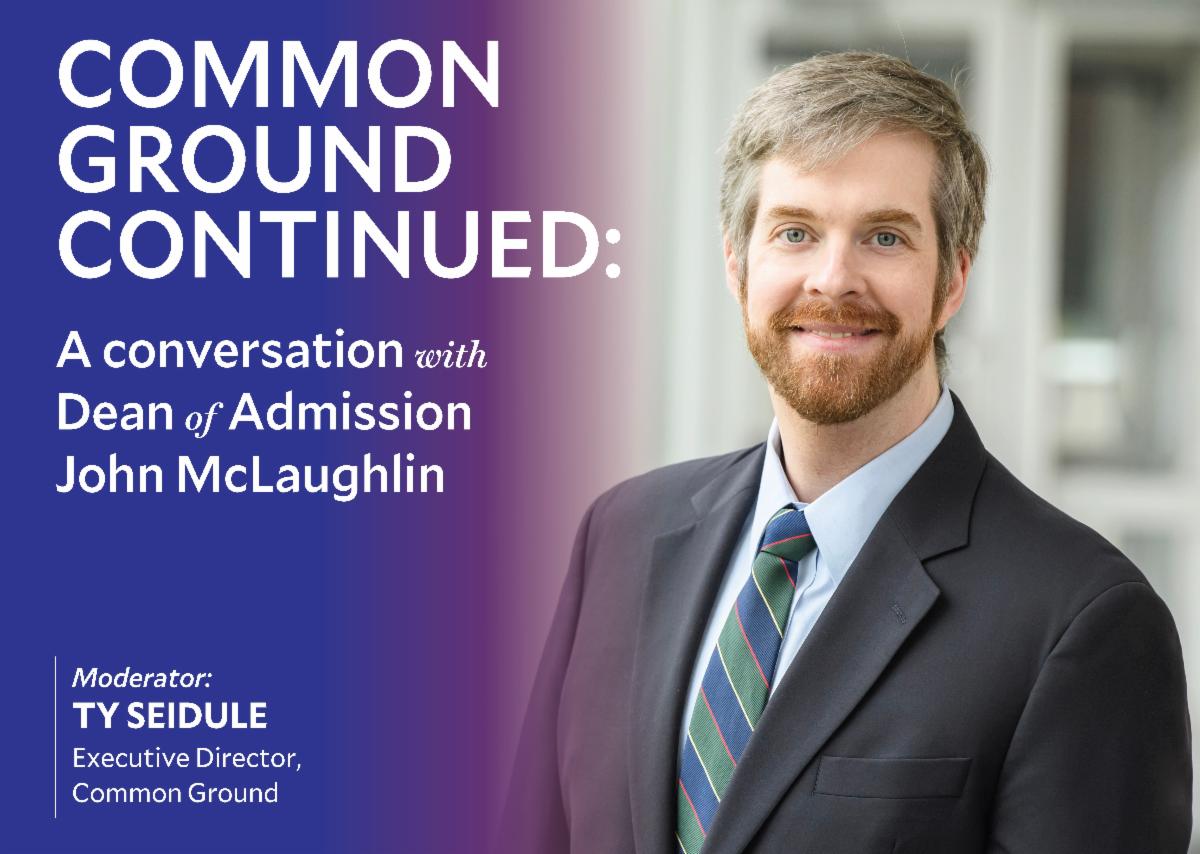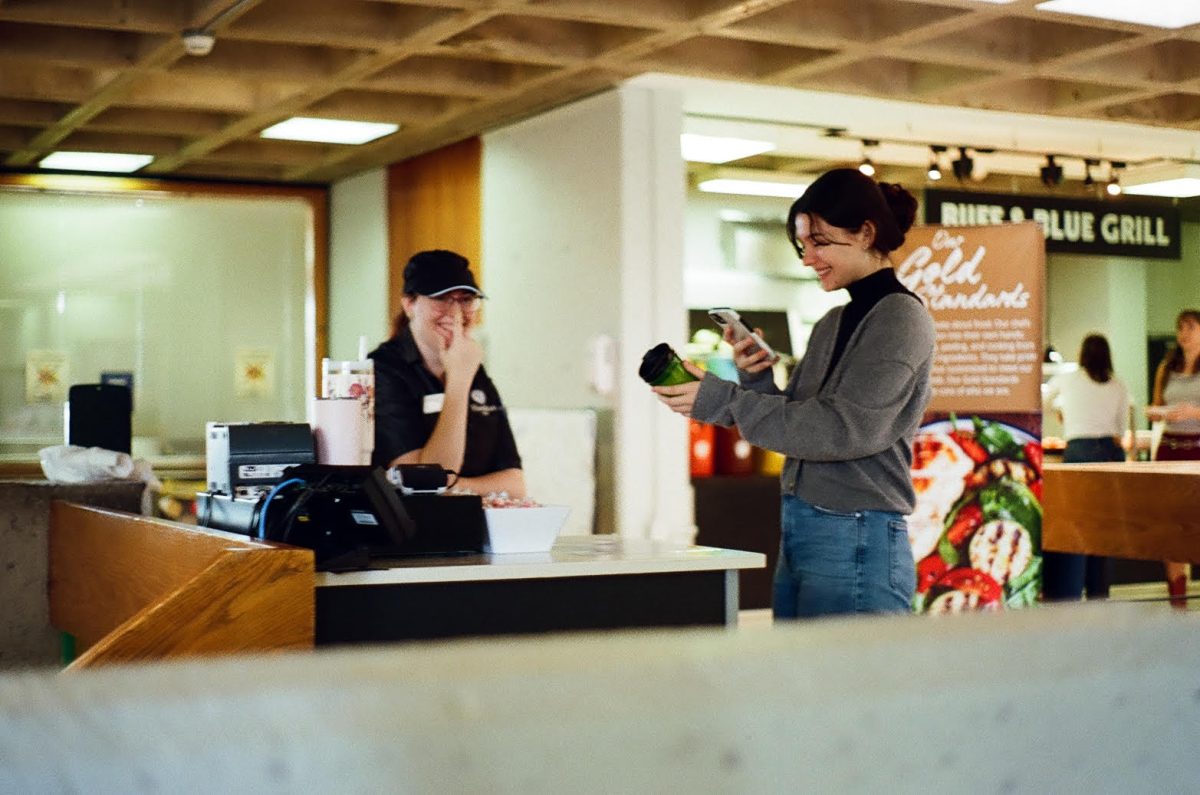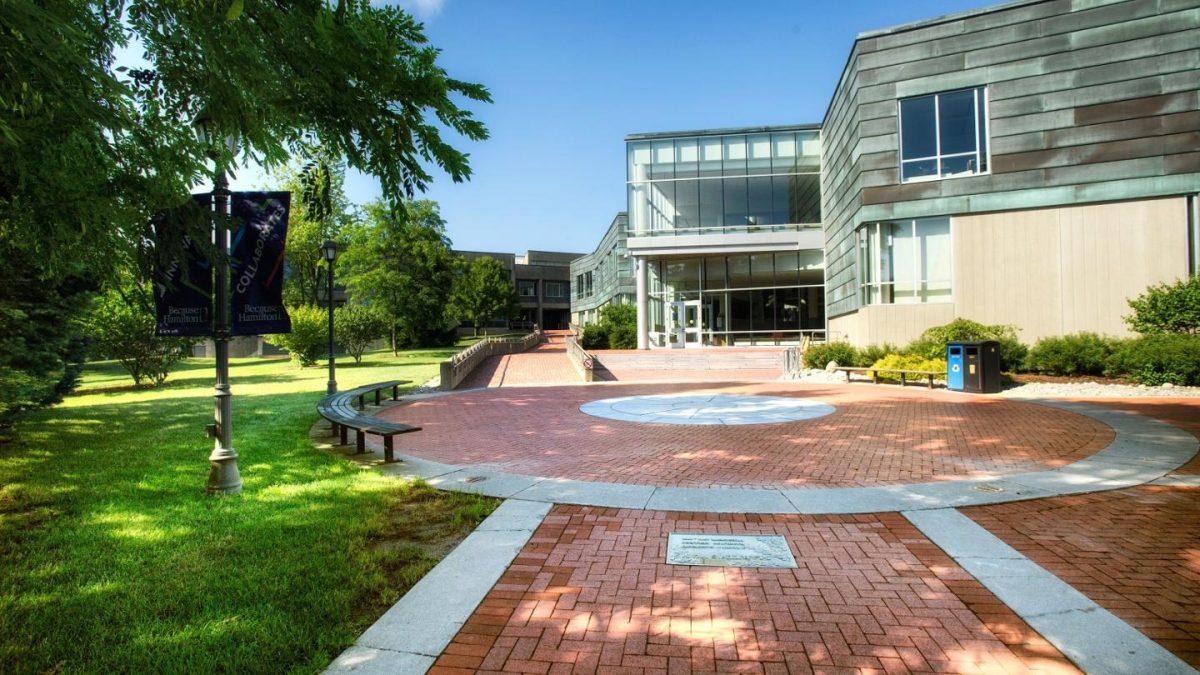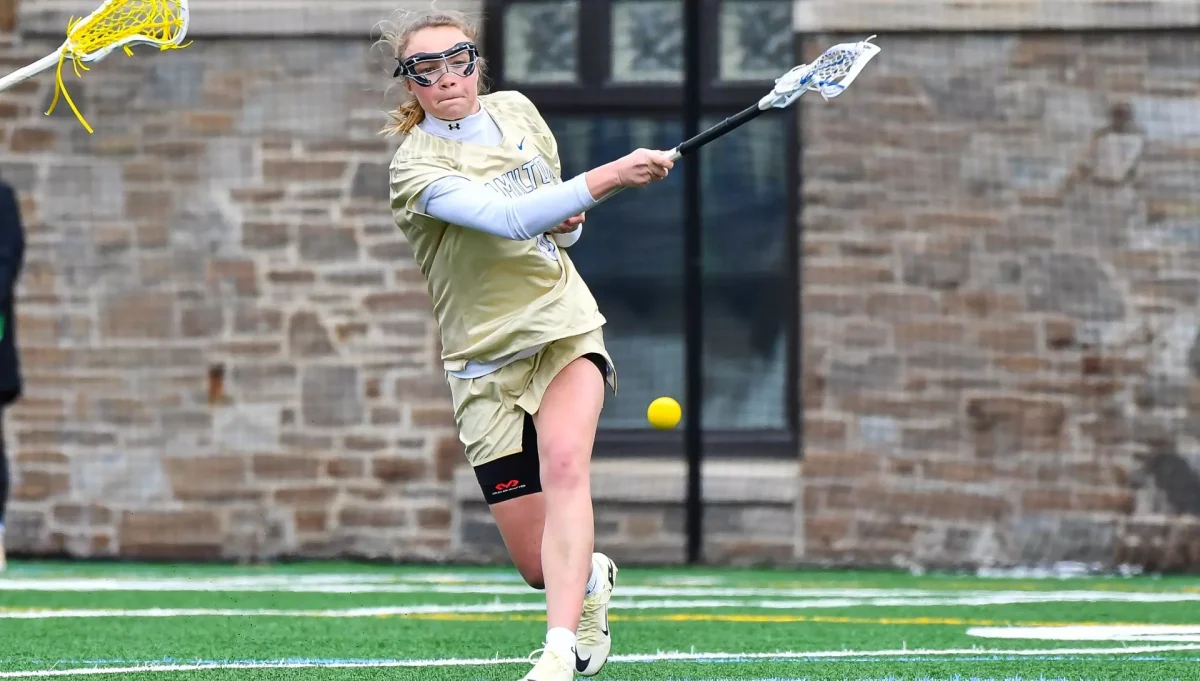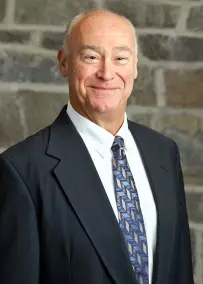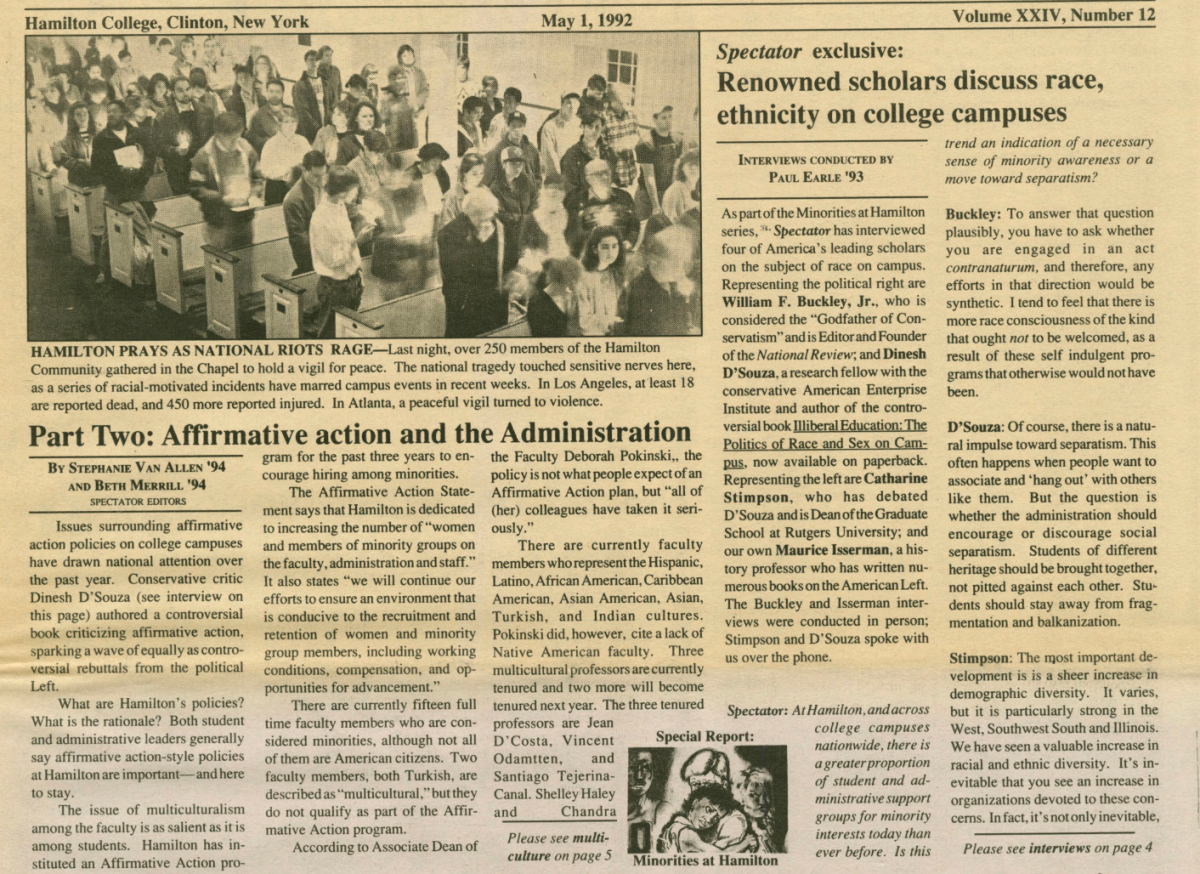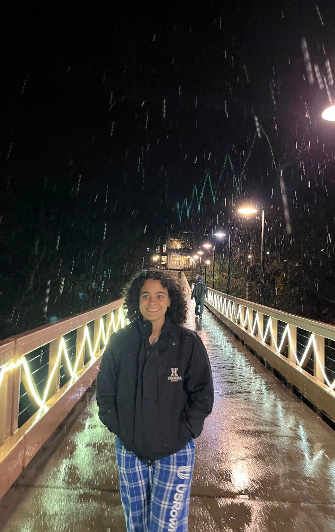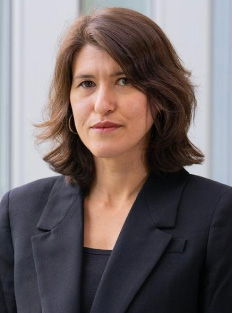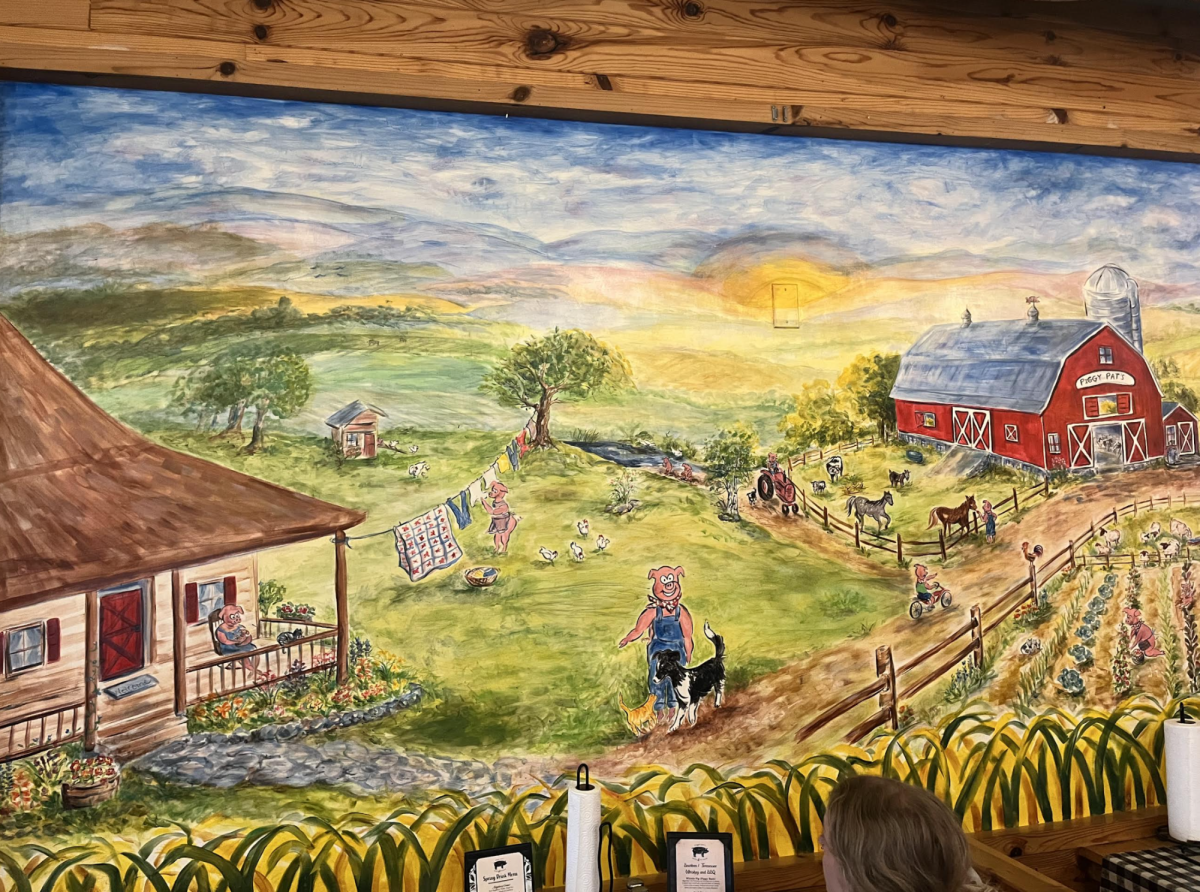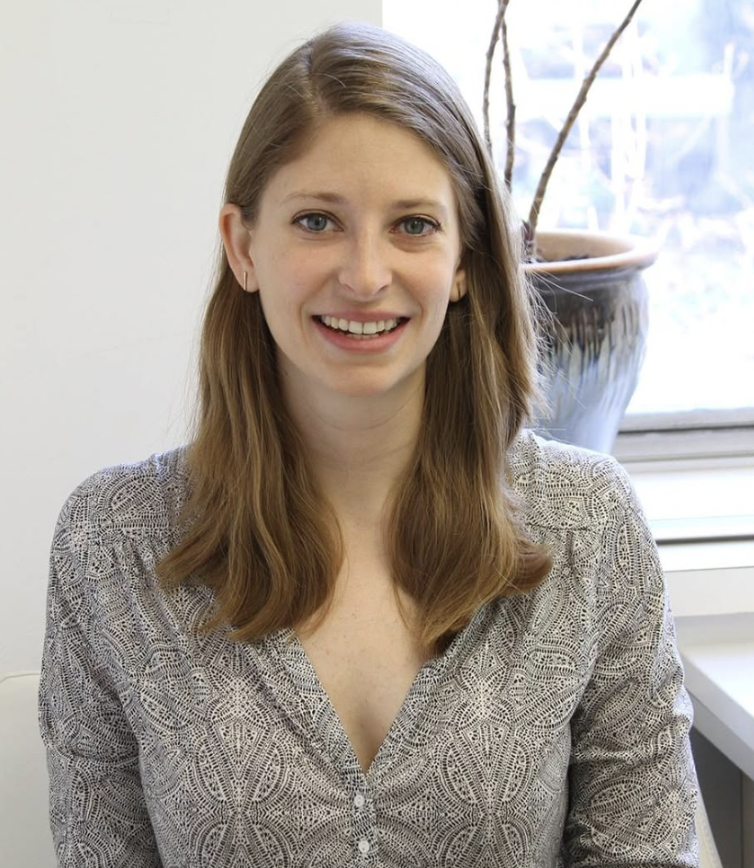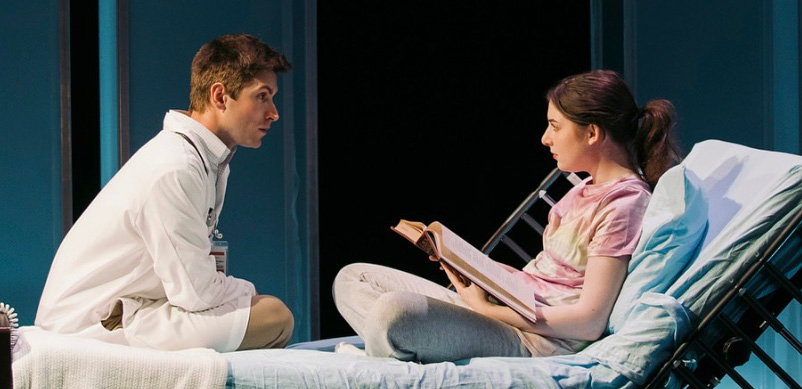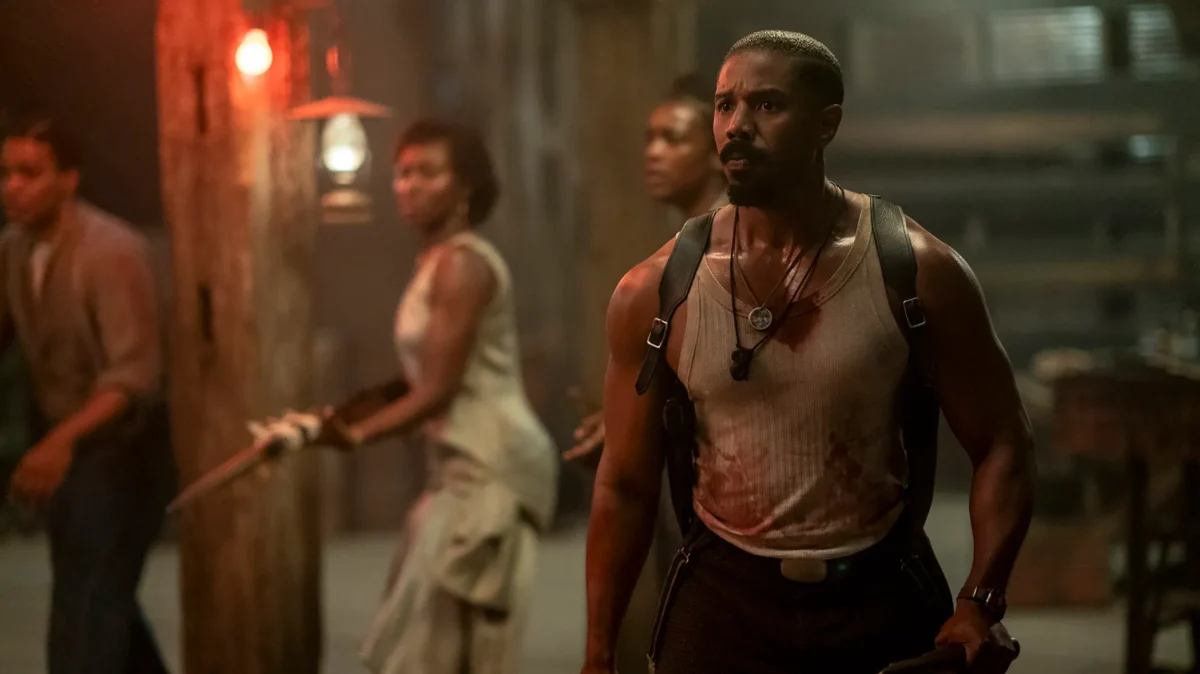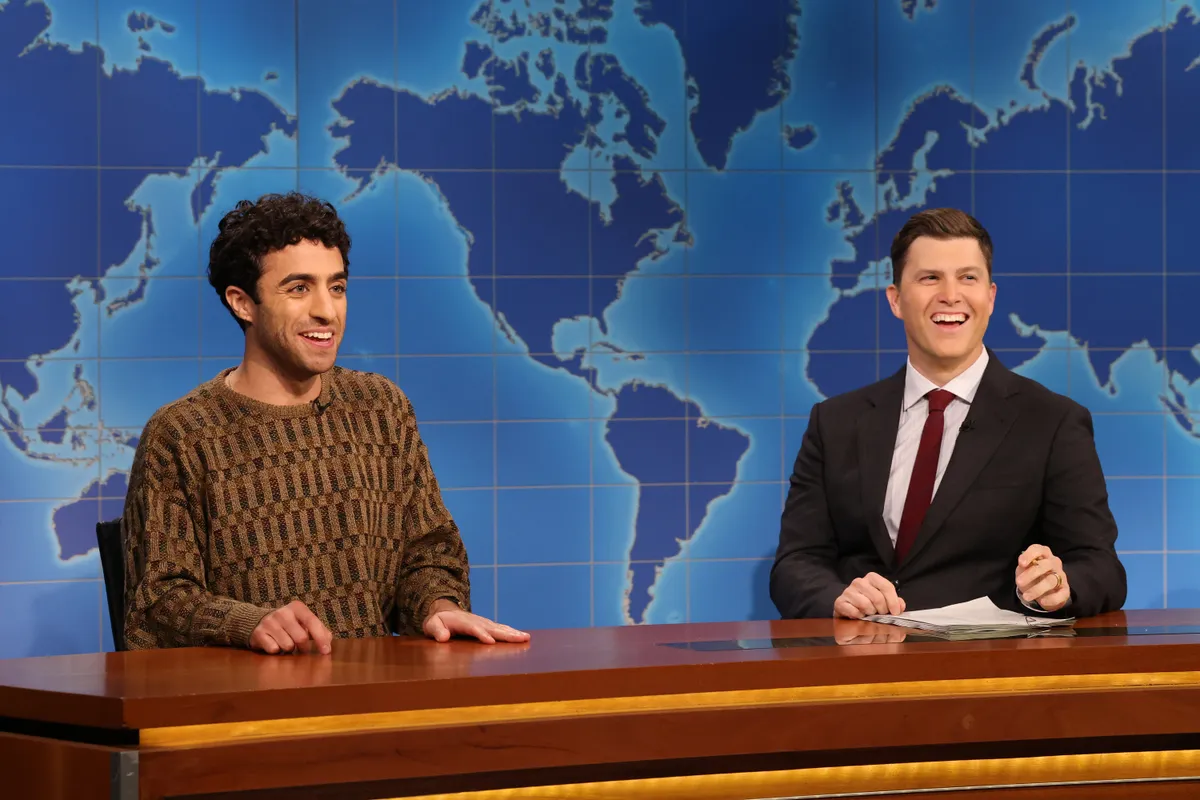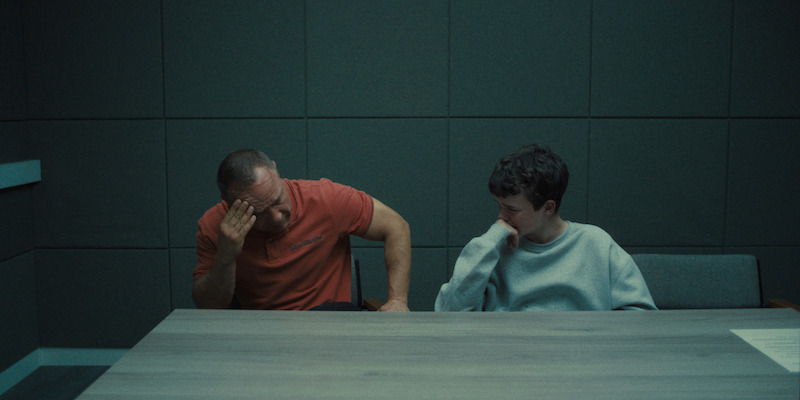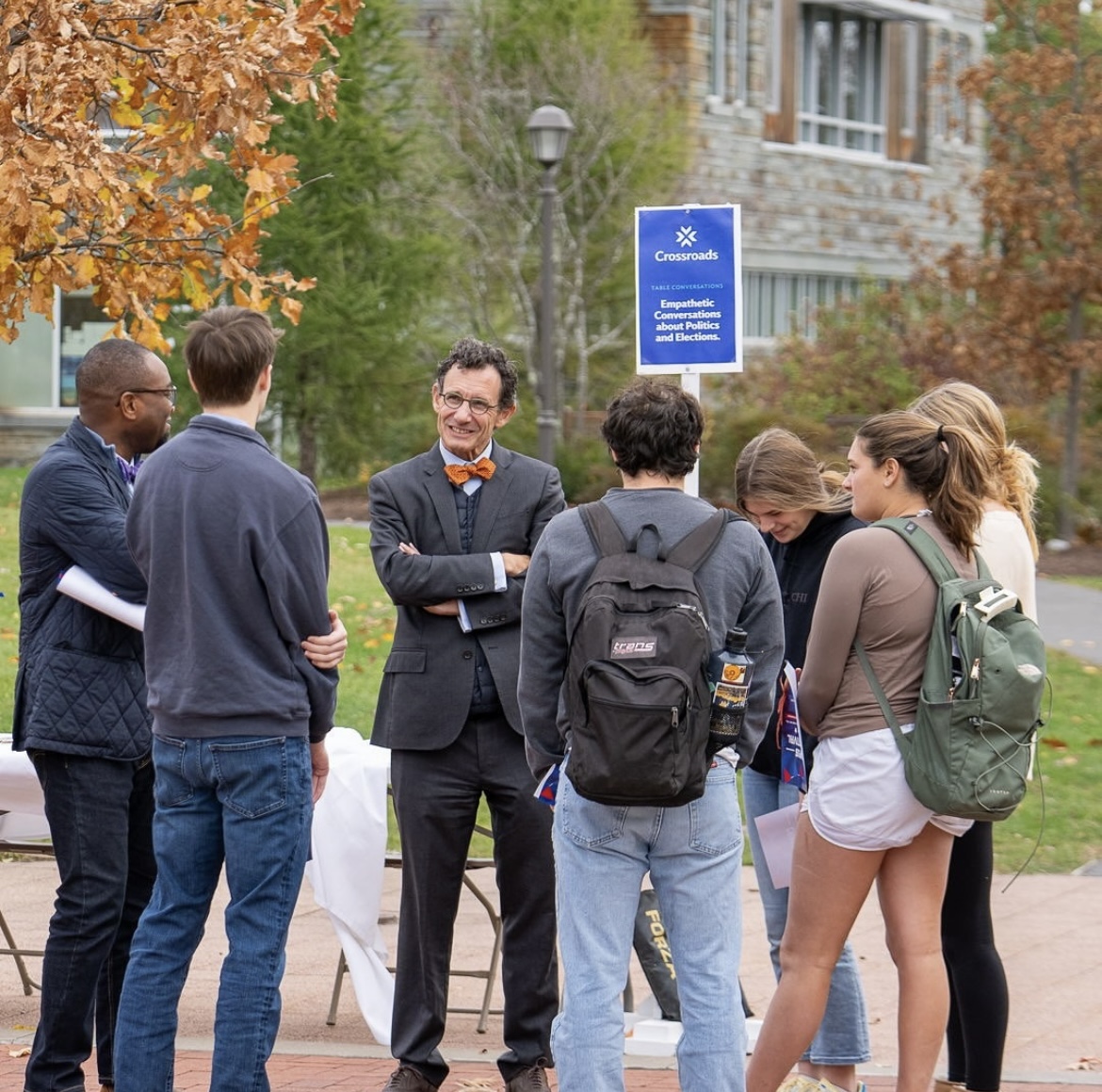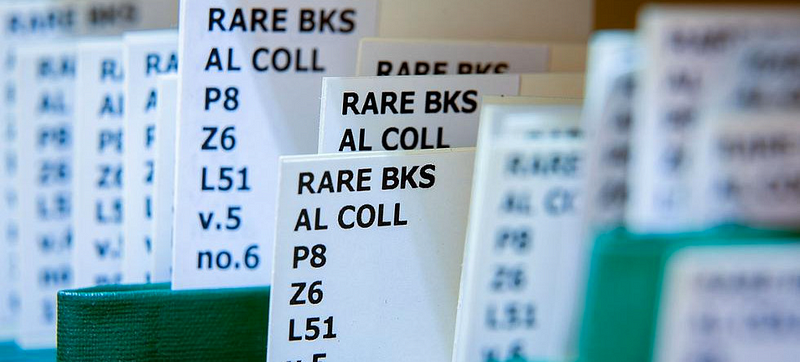
Hamilton College hosted the NEH Curatorial Studies Initiative conference February 12 in Kirner Johnson Room 201. This program is fairly recent as it was established nearly three years ago to achieve the goal of adding a new minor in curatorial studies at Hamilton. Part of this program consists of a series of faculty meetings, while information sessions open for both faculty and students provide interest for work over the summer. This session allowed students to hear from representatives from six regional museums and special collections, each within an hour’s drive of Hamilton College, who discussed summer internships and research fellowships. These opportunities allow students to build experience in curating and digitizing archives in consideration of a future career. As Professor Thomas Wilson elaborated, “There’s a series of public events sponsored by NEH because the college applied for a grant for NEH to explore the possibility of establishing a curatorial studies minor.”
Stephen Harrison, Director and Chief Curator at the Munson-Williams-Proctor Institute in Utica presented the J. Craig Heuss Munson Museum of Art Summer Diversity Internship, which focuses on diversity and equity in the museum field, especially encouraging individuals from underrepresented cultural backgrounds to apply. The museum’s collection contains American art from the 19th to 21st centuries. Among the museum’s vast collections of 19th century paintings include the original painting of Voyage of Life: Youth by Thomas Cole and prominent artists from the Hudson River School like Frederick Church. Their decorative arts collection begins in the 1830s and ends around 1900. Their 20th century collection includes premier artists from Europe including Wassily Kandinsky, Pablo Picasso and Fernand Leger, with the era ending with surrealism. The American collection in the 20th century contains works from the early 1910s and 1920s but also includes later works from Jackson Pollock, Mark Rothko, Norman Lewis and Andy Warhol. Despite all the influential artists of the 20th century, the Munuson collects the recent underrepresented artists to diversify the collection and representation.
The Everson Museum of Art in Cooperstown “likes to call [itself] a museum of firsts,” according to its Curator of Ceramics, Garth Johnson. The website explains, “It was the first museum to dedicate itself to the collection of American art, to create a permanent collection of ceramics, to collect video art, to create a docent program and to hire the now internationally known architect I.M. Pei to design its building.” The Everson currently has 90 percent of its paintings on display, including pieces by Basquiat, Warhol and Minter, and boasts an extensive ceramics collection; the keynote piece is Adelaide Alsop Robineau’s 1910 Scarab Vase, which reportedly took 1,000 hours to decorate. The museum also collects prints sponsored by the Federal Art Project during the Great Depression. The Everson offers two summer fellowships: “The Friends of Education Summer Outreach Fellowship” and “The Friends of Education Summer Arts Fellowship,” both requiring senior undergraduate or graduate applicants.
The Milton J. Rubenstein Museum of Science and Technology in Syracuse, as presented by its Senior Director, Emily Stewart, is a chartered educational center that connects with local partners, faculty and STEM companies to create interactive, hands-on exhibits. The museum, which is located in the city’s historical armory building, especially focuses on educating and inspiring K-12 students. Interns would learn about prototyping and installation, as well as gain experience through job shadowing and departmental meetings.
The Fenimore Art Museum in Cooperstown proffers a wealth of American genre paintings — portraying intricate interiors such as schoolhouses and blacksmiths, as well as pastoral scenes — and folk art. Other treasures include its 100,000-work photography collection, its expanding Fine Arts collection, and the Thaw Collection of American Indian Art. However, current regulations prevent working hands-on in the Thaw Collection of American Indian Art, despite its popularity. Interns would work with curatorial and exhibition departments on research, development and installation of new exhibits. “We’ll teach you how to use a hammer, but also how to use a database,” Julia Madore, Associate Curator of American Art, joked. She also offered a final piece of advice to prospective interns: “Don’t say no to any opportunities that come your way.”
At Hamilton, internships are available at the Burke Library and the Wellin Museum. Christian Goodwillie, who has been the Curator of Special Collections and Archives at the college since 2009, enumerated several of the Burke collections’ highlights, including manuscripts from famous modernist poet and Hamilton alumnus Ezra Pound, as well as artifacts from the communal society The House of David, whose members believe they are immortal. Goodwillie has also worked with museums in Saint Kitts and Nevis to digitize 18th century documents. The intern would work with archivist Jeremy Katz, organizing documents in ArchivesSpace, among other responsibilities. At the beginning of his speech, Goodwillie mentioned that the word curator comes from the word curare — to take care of, or to safeguard. Interns at each museum would help to preserve art pieces for the benefit of future generations.
The Wellin Museum exhibits only contemporary artists, but also hosts a collection of over 7,000 artifacts, including pre-modern works from Ancient Greece and Rome. The Wellin identifies artists with something interesting to say, said Alexander Jarman, Assistant Curator of Exhibitions and Academic Outreach, especially focusing on exhibits with interdisciplinary potential. The intern must be flexible, enthusiastic and passionate, helping artists to research and explore their various, multifaceted interests. Jarman explained that his passion for mentoring stems from his own experience as a mentee, which led to a part time and subsequently full time job. Indeed, four out of six of the speakers went from an internship to a full-time career in the art world.

